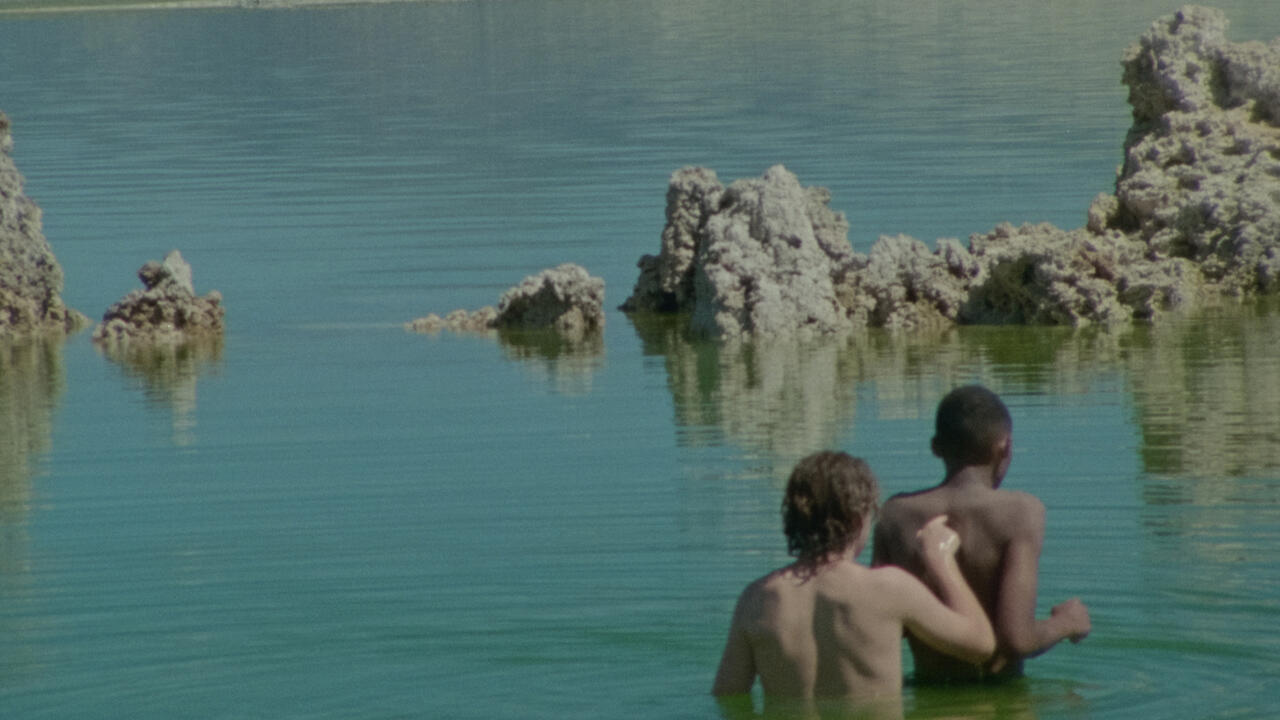Gerhard Richter’s Foucault Pendulum in Former Catholic Church Remembers ‘Small Victory for Science’
In further news: Ireland’s National Museum collects abortion referendum protest art; North Korean propaganda artists criticize Trump-Kim meeting
In further news: Ireland’s National Museum collects abortion referendum protest art; North Korean propaganda artists criticize Trump-Kim meeting

Artist Gerhard Richter has gifted a ‘Foucault pendulum’ installation to the German city of Münster. Suspended from the dome of a deconsecrated Dominican church badly damaged in World War II, the artwork opens to the public this weekend. The site-specific sculpture consists of a 48-kilogramme brass ball suspended on a 29 metre-long cable, and a magnet, created by the physics department of Münster University, which ensures the pendulum is in a perpetual state of movement. It reprises an invention of the French physicist Léon Foucault, made in 1851, which finally convinced authorities in the Catholic church of the Earth’s rotation. It’s a story that ‘represents a small victory for science,’ the artist has said. An inauguration ceremony will take place on Sunday. The artist, who has described himself as an athesit with ‘a strong leaning towards Catholicism’, hopes that the space will be used in the future for cultural events such as concerts and lectures.
Ireland’s National Museum is preserving protest art from the historic abortion referendum. Following Ireland’s landmark ‘pro-choice’ vote on 25 May, Brenda Malone, a curator at the museum, is looking to collect banners and other artworks made in response to the referendum, which saw 66.4% of the public vote to repeal the 8th amendment, which prohibits a woman from terminating a pregnancy. However, the museum is also interested in collecting from both sides of the debate, in order to truly capture the moment for posterity. Don’t miss artist Jesse Jones, who represented Ireland at last year’s Venice Biennale, writing for frieze in the runup to the vote, on the historical context behind the referendum.
Former North Korean propaganda artists have denounced Donald Trump’s meeting with Kim Jong-Un. The two artists, Song Byeok and Choi Seong-guk, previously made state propaganda which exalted the Kim dynasty, and produced anti-American slogans and caricatures of western spies. But both men, who now live in exile in Seoul, told the BBC that Kim’s appearance alongside other global leaders will ‘brainwash’ many people by ‘glamorizing’ and ‘romanticizing’ the leader of a violent regime.
Worcester Art Museum in Massachusetts has added labels to paintings hanging in its early American portraits gallery, to identify those who profited from slavery. In an effort to relay both sides of the paintings’s subjects, the gallery has included additional, slightly greyer labels next to artworks, which detail the relationship between the people featured in the paintings and the history of slavery. Elizabeth Athens, a former curator of American art at the museum, instigated the initiative and said that she wanted to provide some space for people of colour. ‘We were missing a whole swathe of humanity that was part of American history,’ she said, ‘and I really wanted to correct that.’
Australia’s largest art gallery is to be built in Melbourne. Situated at the heart of the Melbourne Arts Precinct, the gallery is a collaboration between the Victorian State Government and the National Gallery of Victoria. Work on NGV Contemporary has been kick-started with USD$150 million in funds from the government, and it is scheduled to open in 2025.
In gallery news: New York’s Mitchell-Innes & Nash have announced representation of the Kiki Kogelnik Foundation (Simone Subal Gallery in New York will also continue to work with the foundation); Blum & Poe now represents Tony Lewis (the Chicago-based artist will still be represented by Shane Campbell Gallery and Massimo De Carlo); and Paula Cooper Gallery in New York is temporarily hopping over from its space in 534 West 21st Street (its home since 1996) to 524 West 26th Street, where it will be based for the next three years.





















